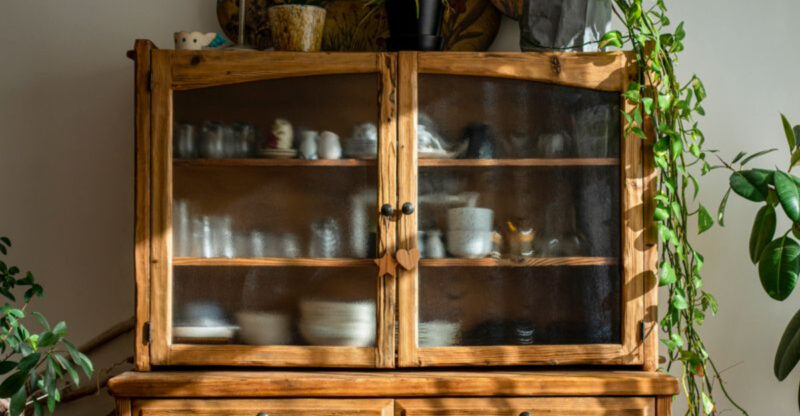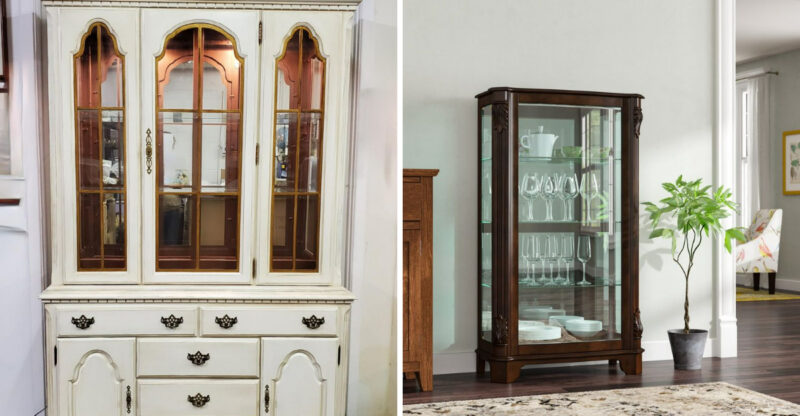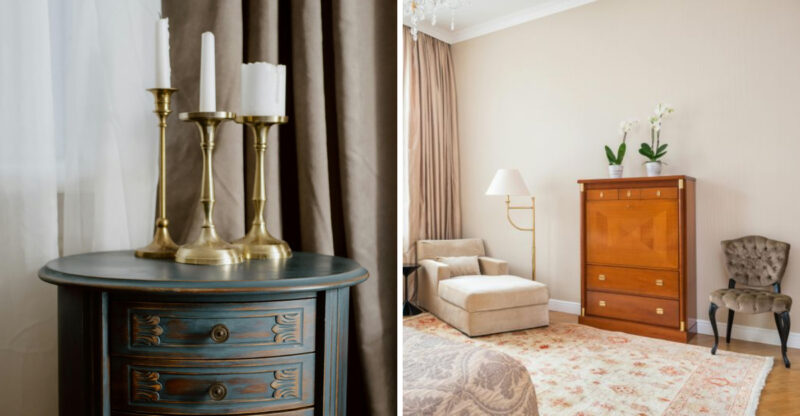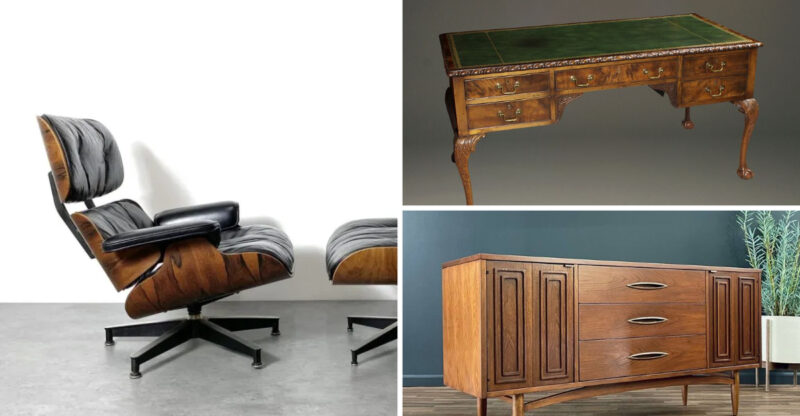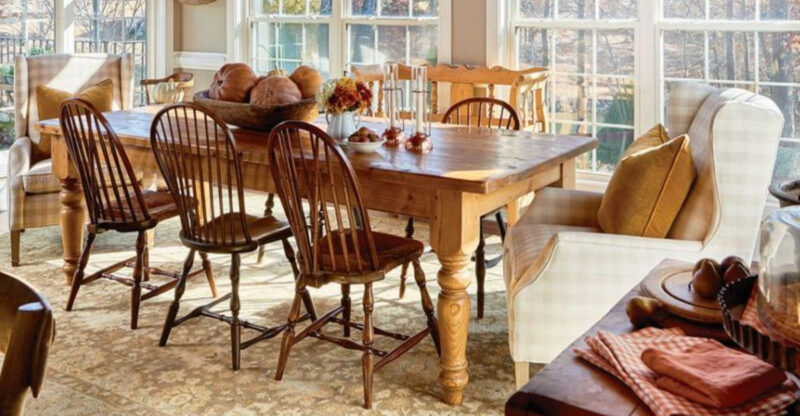20 Tips For Discovering Unique Finds In Kentucky Thrift Shops
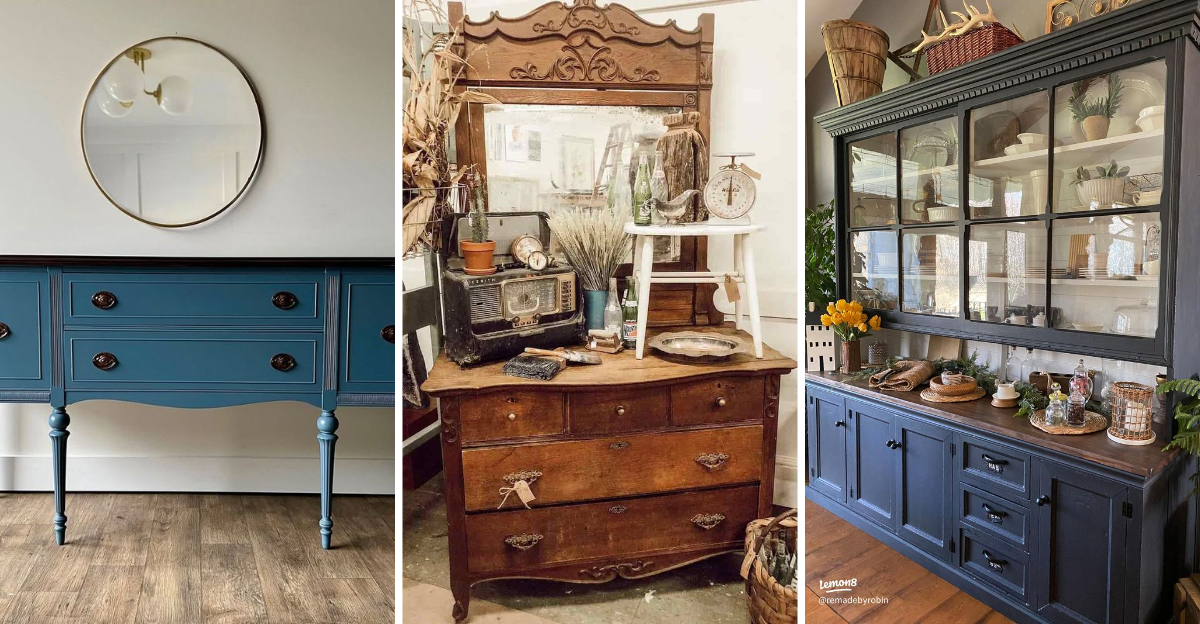
Kentucky thrift shops are treasure troves waiting to be explored by savvy shoppers.
From vintage furniture to rare collectibles, these secondhand stores offer amazing finds at fraction-of-retail prices.
Whether you’re decorating your home on a budget or hunting for resale opportunities, knowing what to look for can transform your thrifting adventures from random browsing into strategic treasure hunting.
1. Check for Solid Wood
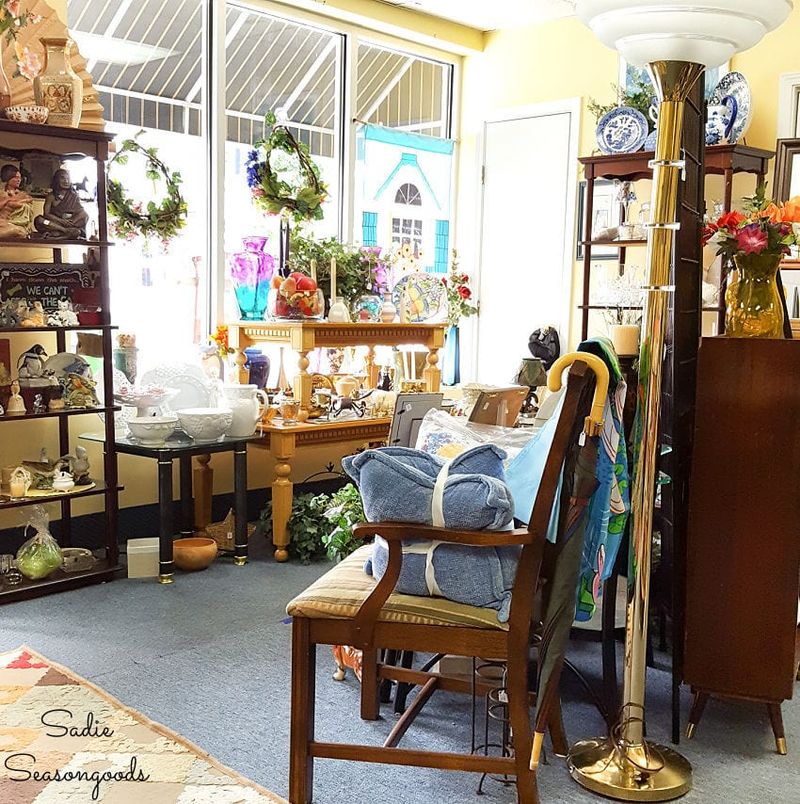
Knocking on furniture reveals secrets! Solid wood pieces produce a dull thud, while particle board makes a hollow sound. This simple test helps identify quality items worth your money.
Flip the piece over or check unexposed areas like drawer bottoms or back panels. Real wood has natural grain patterns that continue throughout, unlike the printed grain on cheaper alternatives.
Solid wood furniture found in Kentucky thrift shops often comes from quality manufacturers that once thrived in the region. These pieces might need refinishing but will outlast modern particle board furniture by decades, making them incredible investments.
2. Avoid Wobbly Legs
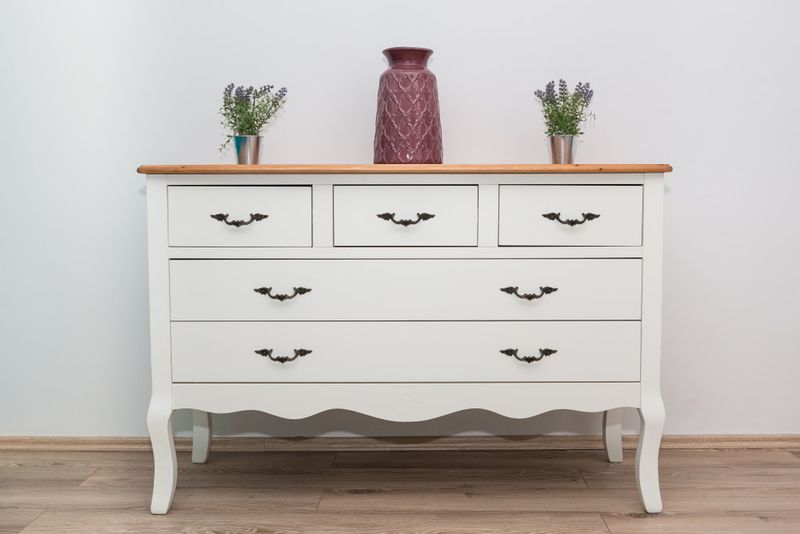
Stability matters when hunting for secondhand furniture treasures. Gently rock tables, chairs, and other legged items to test their sturdiness before purchasing. Excessive movement indicates structural problems that might be difficult or expensive to fix.
Many wobbly pieces have loose joints that can be tightened, but some suffer from more serious issues like wood rot or broken components. A slight wobble might be fixable with wood glue and clamps, while severe instability usually means trouble.
Kentucky thrift shops often receive furniture donations from historic homes, making stability checks especially important for these potentially valuable antiques that may have endured decades of use.
3. Inspect Drawer Slides
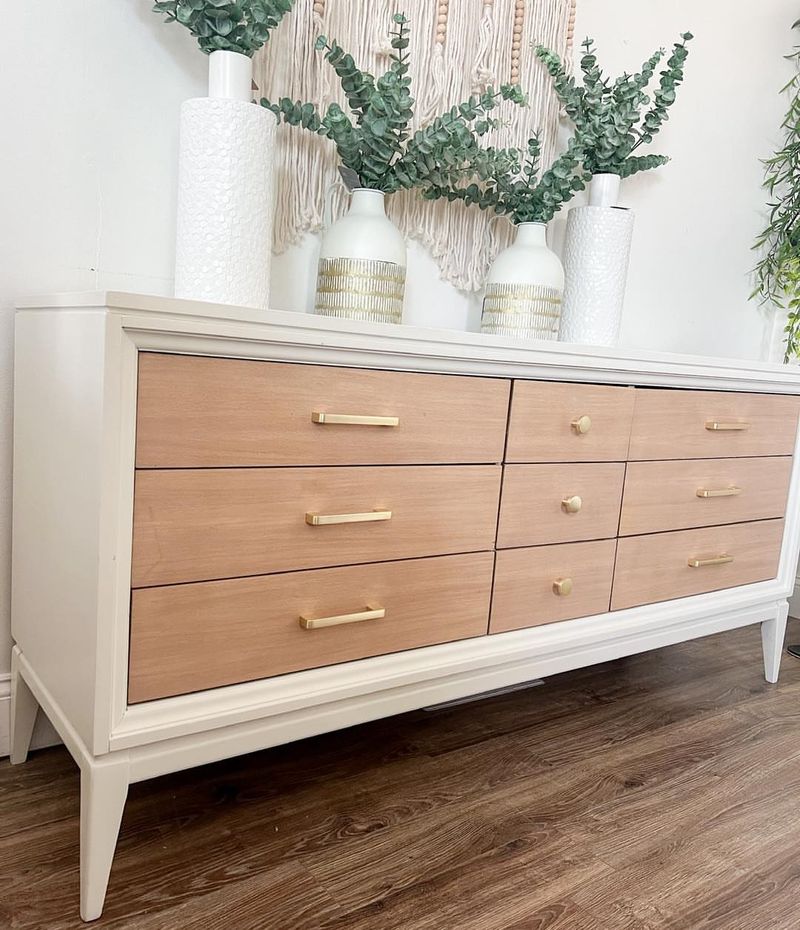
Smooth operators make the best finds! Pull drawers all the way out to examine how they move. Quality furniture features wooden glides or metal ball-bearing slides that operate effortlessly without sticking or excessive noise.
Look at how drawers are constructed where they meet the furniture frame. The best pieces have stops that prevent drawers from falling out when pulled too far. This attention to detail signals craftsmanship worth bringing home.
Kentucky thrift stores often contain furniture from manufacturers like Drexel or Henredon that used superior drawer construction techniques. A drawer that glides perfectly after decades of use represents exceptional quality you rarely find in modern budget furniture.
4. Look for Dovetail Joints
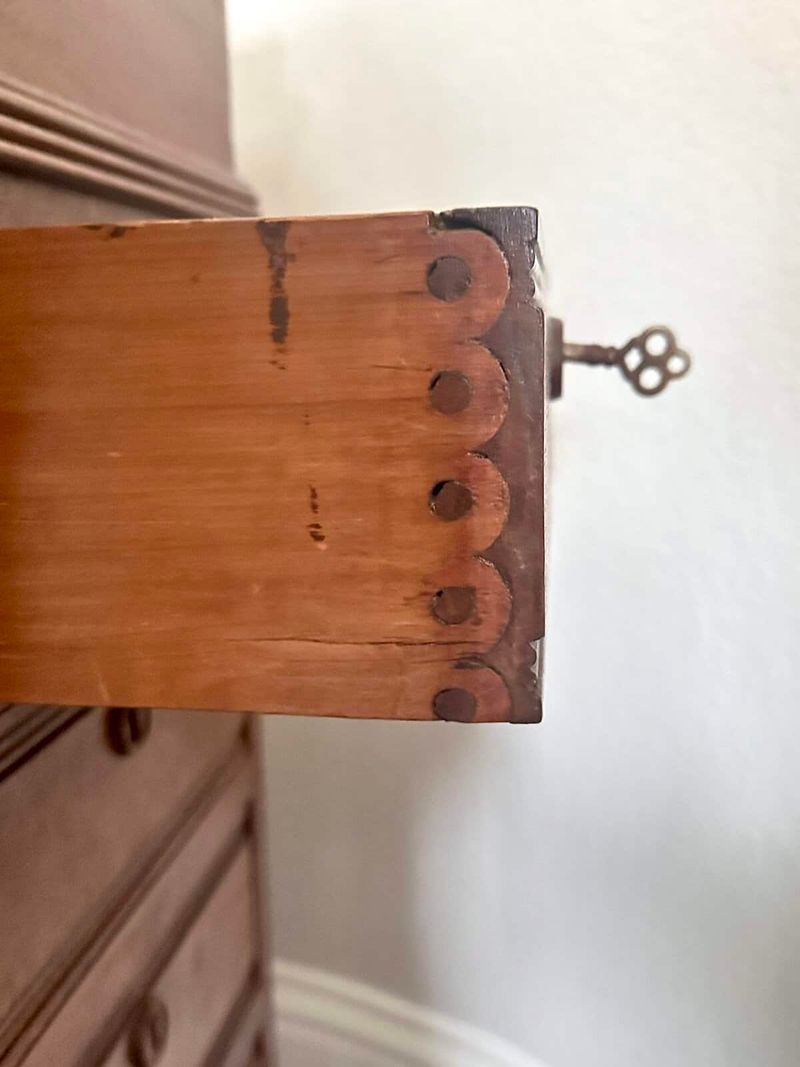
Craftsmanship speaks through details! Dovetail joints those interlocking “puzzle piece” connections at drawer corners signal quality construction that’s built to last. These distinctive joints resemble the tail of a dove when viewed from the side.
Remove a drawer and examine its corners. Hand-cut dovetails with slightly irregular spacing indicate older, potentially valuable pieces. Machine-cut dovetails with perfect spacing still represent quality but might be from more recent decades.
Kentucky’s rich furniture-making history means local thrift shops occasionally yield incredible finds featuring this superior joinery technique. Pieces with dovetail construction often sell for hundreds or even thousands at antique shops but can be thrift store bargains.
5. Check Upholstery Quality
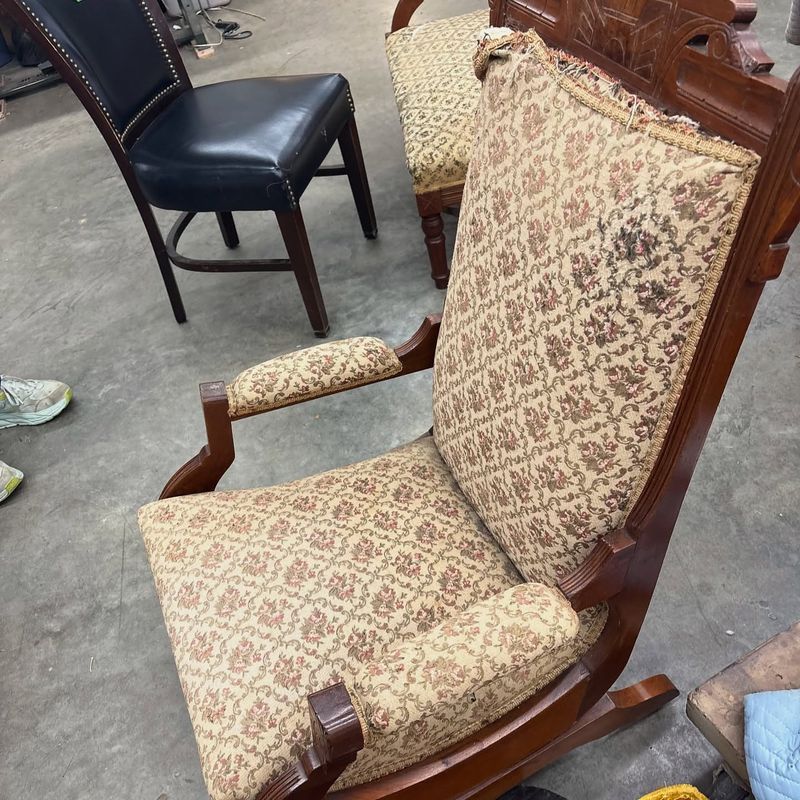
Fabric tells stories about furniture value! Press your hand against upholstered sections to feel what’s underneath. Quality pieces have firm, resilient padding that springs back when pressed, not flattened cushions that stay compressed.
Examine seams and pattern matching on upholstered items. Well-made furniture features carefully aligned patterns at seams and piping, with even stitching throughout. These details indicate craftsmanship worth considering even if reupholstering is needed.
Many Kentucky thrift shops receive donations from estate sales where high-end furniture pieces with premium upholstery construction find second lives. The frame and internal construction often remain excellent even when fabric shows wear, making these hidden gems for reupholstering projects.
6. Test Stability

Wiggle test reveals everything! Before purchasing any furniture, give it a gentle shake from different angles. Quality pieces remain solid with minimal movement, while poorly constructed items reveal their flaws through excessive wobbling.
For chairs, sit and lean in all directions to ensure they support weight properly. Tables should remain level and steady when pressure is applied to different edges. This hands-on assessment prevents bringing home furniture that might collapse during normal use.
Kentucky thrift shops often feature handcrafted Appalachian furniture known for exceptional stability. These treasures frequently appear unassuming but demonstrate remarkable sturdiness during testing, making them practical investments that can serve families for generations while appreciating in value.
7. Avoid Water Damage
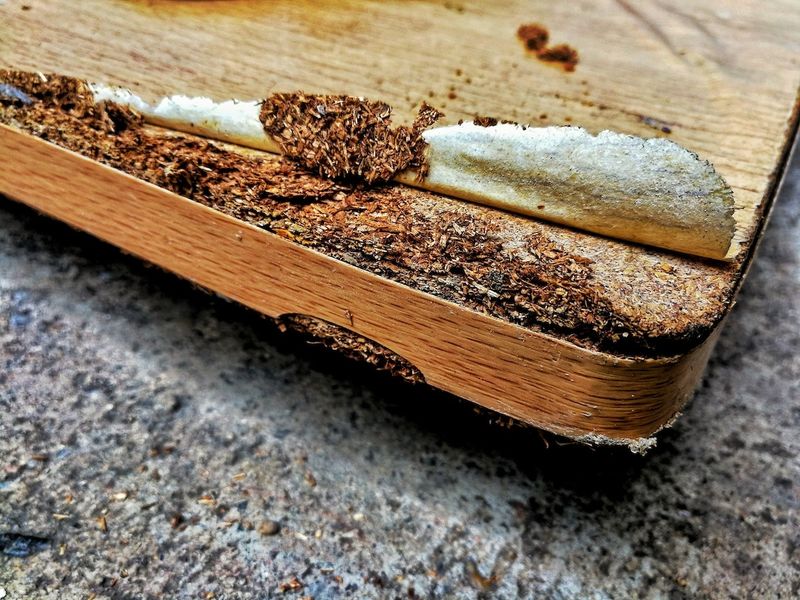
Swollen wood speaks volumes! Examine furniture bottoms, backs, and undersides for discoloration, warping, or material that feels spongy when pressed. These telltale signs indicate water exposure that may have compromised structural integrity.
Check where legs meet the body of furniture pieces, as water often pools in these areas. Dark rings, bubbling veneer, or white residue suggest moisture problems that could lead to mold or continued deterioration after purchase.
Kentucky’s humid climate means water damage appears frequently in local thrift finds. While minor cosmetic water marks can sometimes be removed with products like Howard Restor-A-Finish, structural water damage typically means walking away, no matter how tempting the price or style.
8. Skip Warped Surfaces
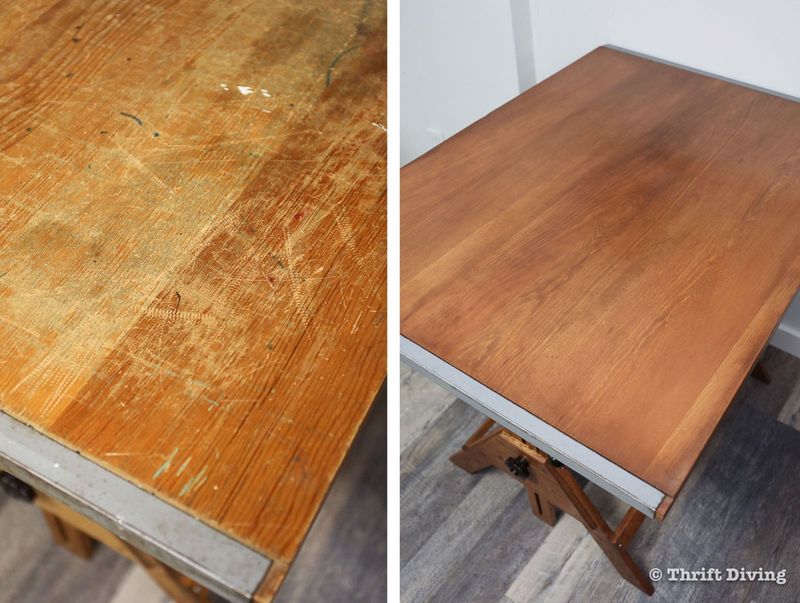
Flatness matters more than you think! Place a small level (or use a level app on your phone) across tabletops, shelves, and other horizontal surfaces. Warping indicates exposure to moisture or poor construction that will likely worsen over time.
For wooden doors or panels, check if they sit flush when closed. Gaps or uneven spacing reveal warping issues that typically can’t be fixed without professional restoration. These flaws affect both functionality and appearance.
Bluegrass region thrift shops sometimes feature beautiful antique pieces with subtle warping from decades in Kentucky’s seasonal climate shifts. While minor warping in very old pieces might be acceptable given their age and character, significant distortion generally means passing on the purchase.
9. Spot Mid-Century Pieces

Clean lines and tapered legs signal potential gold mines! Mid-century modern furniture (roughly 1945-1975) commands premium prices but often lurks unrecognized in Kentucky thrift shops. Look for simple designs with minimal ornamentation and distinctive angled legs.
Flip items over to check for manufacturer labels from companies like Herman Miller, Knoll, or Lane. Even without labels, authentic mid-century pieces typically feature quality construction techniques like finger joints and dowel reinforcement.
Kentucky’s proximity to furniture manufacturing hubs means exceptional mid-century finds appear regularly in local thrift stores. These pieces blend beautifully with contemporary decor, making them both functional purchases and potential investments that frequently sell for ten times their thrift store price when properly identified.
10. Feel for Real Leather
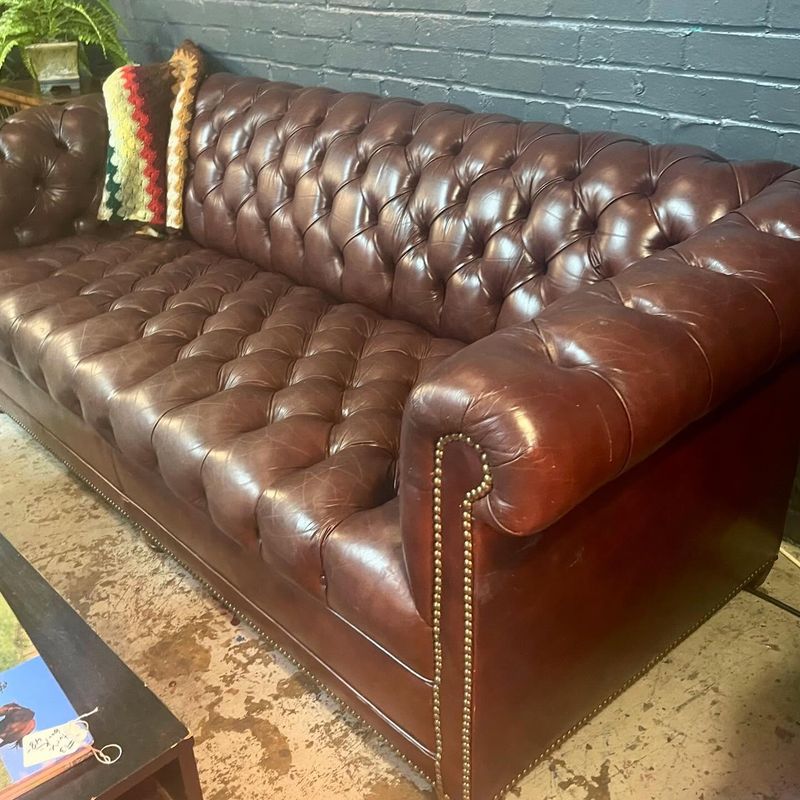
Authentic leather has a distinctive scent and texture that vinyl can’t replicate. Gently press your fingernail into an inconspicuous spot real leather will temporarily indent while vinyl remains unchanged. This simple test reveals hidden value in seemingly ordinary items.
Examine edges and seams where material folds. Genuine leather has visible natural variations and typically features thicker, more substantial edges than synthetic alternatives. These qualities indicate pieces worth much more than typical thrift price tags.
Kentucky’s historic furniture industry produced exceptional leather goods that occasionally surface in local thrift shops. Items featuring real leather, particularly from American tanneries, represent exceptional value even when showing minor wear, as quality leather develops desirable patina while synthetics simply deteriorate.
11. Avoid Laminate Peeling
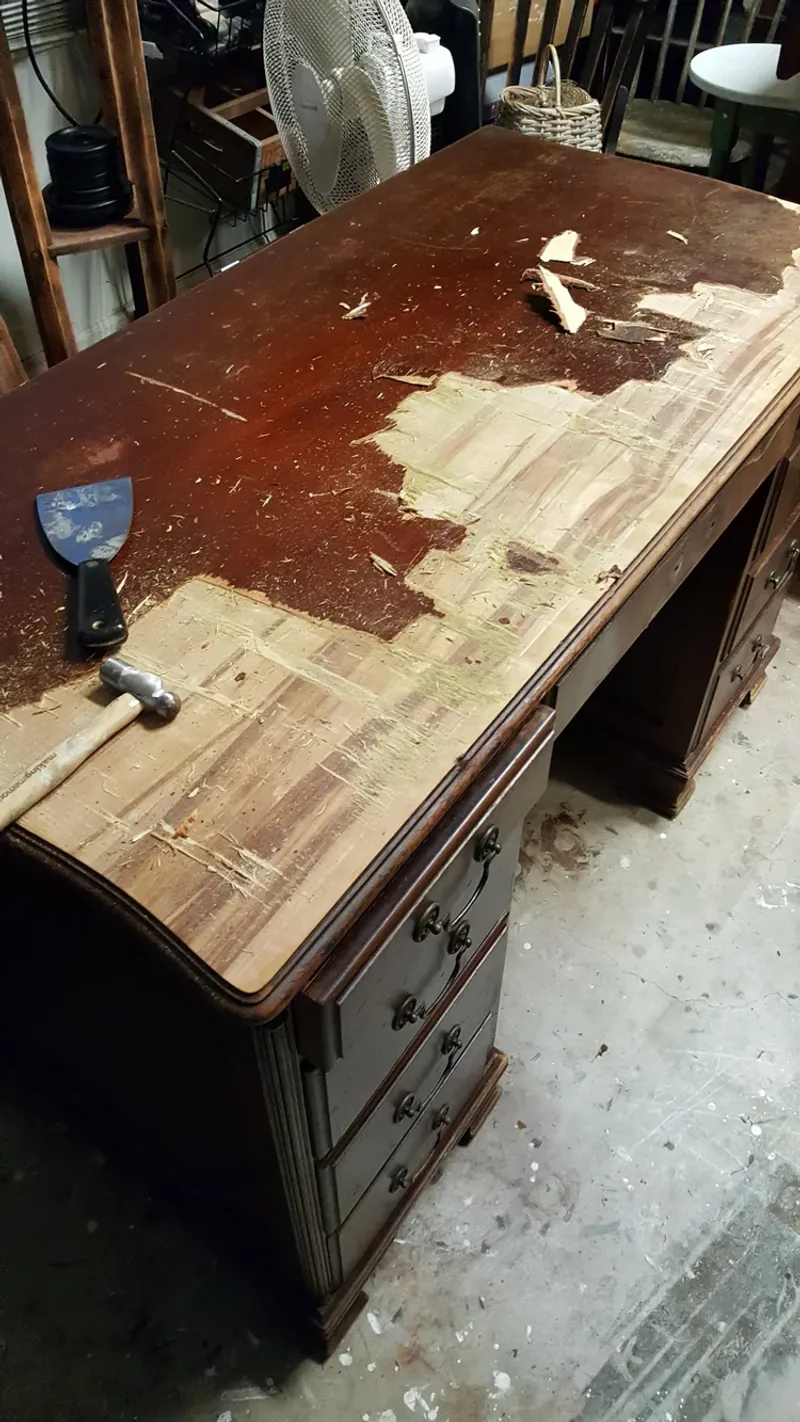
Bubbling surfaces spell trouble ahead! Run your fingers along edges of furniture where laminate or veneer meets the core material. Any lifting, bubbling, or peeling indicates damage that typically worsens over time and proves challenging to repair effectively.
Check corners and high-wear areas carefully, as these show problems first. Even small areas of delamination tend to spread, especially in Kentucky’s seasonal humidity changes that cause materials to expand and contract repeatedly.
While some thrifters successfully repair minor veneer issues with wood glue and clamps, extensive peeling generally means walking away. The exception might be exceptional mid-century pieces with damaged veneer but solid frames, which professional restoration could transform into valuable showpieces worth the investment.
12. Check Underside Labels

Hidden signatures reveal unexpected treasures! Always flip furniture pieces over to look for manufacturer stamps, paper labels, or burned-in markings that identify their origins. These identifiers help determine both age and potential value beyond mere functionality.
Bring a flashlight to illuminate dark undersides where labels often hide. Manufacturers like Ethan Allen, Stickley, or Drexel command premium prices, while regional Kentucky makers like Berea College Crafts represent special local finds worth far more than typical thrift prices.
Faded labels sometimes contain manufacturing dates or model numbers that can be researched online while still in the store. This quick research might reveal that ordinary-looking $30 thrift store find is actually a collectible piece worth hundreds or even thousands to the right buyer.
13. Favor Timeless Shapes

Classic silhouettes never go out of style! When thrifting in Kentucky’s secondhand shops, prioritize furniture with simple, enduring shapes over trendy designs that quickly look dated. Straight lines, gentle curves, and balanced proportions indicate pieces with staying power.
Avoid exaggerated features like overly ornate carvings or unusual proportions unless you’re specifically collecting a particular style. Furniture with restrained design elements transitions easily between different home styles and remains desirable for decades.
Kentucky thrift shops often contain beautifully proportioned pieces from the American craftsman and colonial revival periods. These classically designed items integrate seamlessly with contemporary decor while offering superior construction quality compared to most modern furniture at similar price points.
14. Test Cushion Support
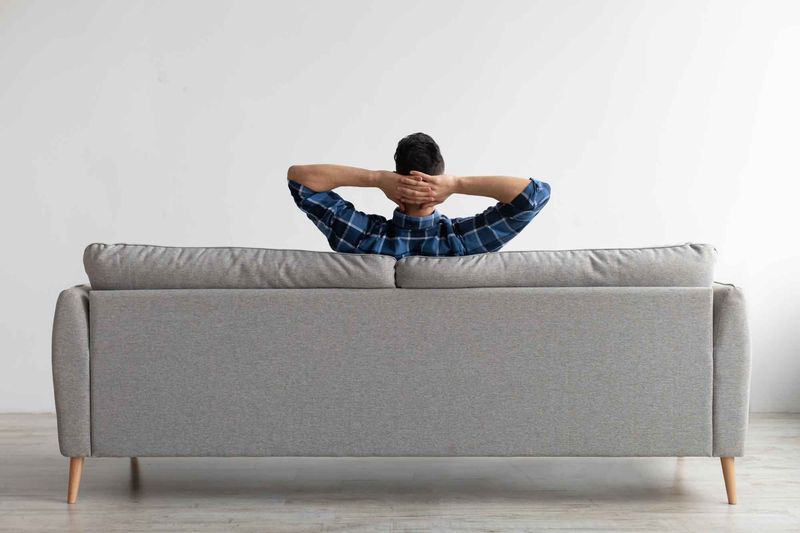
Sit test never lies! Before purchasing any seating, take a moment to actually sit down and assess comfort and support. Quality pieces maintain their shape and firmness even after years of use, while inferior cushions collapse uncomfortably.
Press down firmly on different sections of cushions to feel for broken springs or sagging support structures underneath. Listen for creaking sounds that might indicate frame damage not visible from the outside. These hands-on assessments reveal the true condition beyond surface appearance.
Many Kentucky thrift stores receive donations from luxury hotels and businesses during renovations. These commercial-grade pieces feature superior internal construction designed for durability, making them exceptional finds that might need only simple cosmetic refreshing to serve another decade of comfortable use.
15. Open All Drawers
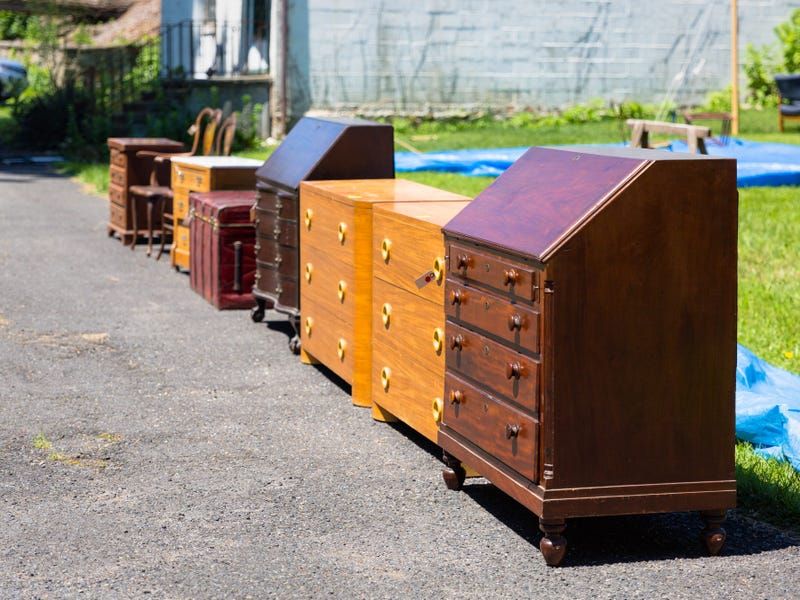
Surprises hide in forgotten corners! Always open every drawer, cabinet, and compartment when examining thrift furniture. This thorough inspection reveals internal condition issues like water damage or broken components that might not be visible from the outside.
Check how smoothly drawers operate and whether they open fully without catching. Drawers should sit straight in their openings when closed, with even gaps on all sides. Misalignment indicates structural problems that affect functionality.
Kentucky thrift shoppers occasionally discover valuable items previous owners forgot inside furniture from vintage photographs to collectible items or even jewelry. Beyond potential bonus finds, this comprehensive examination ensures you understand exactly what you’re buying before committing to a purchase.
16. Smell for Mustiness
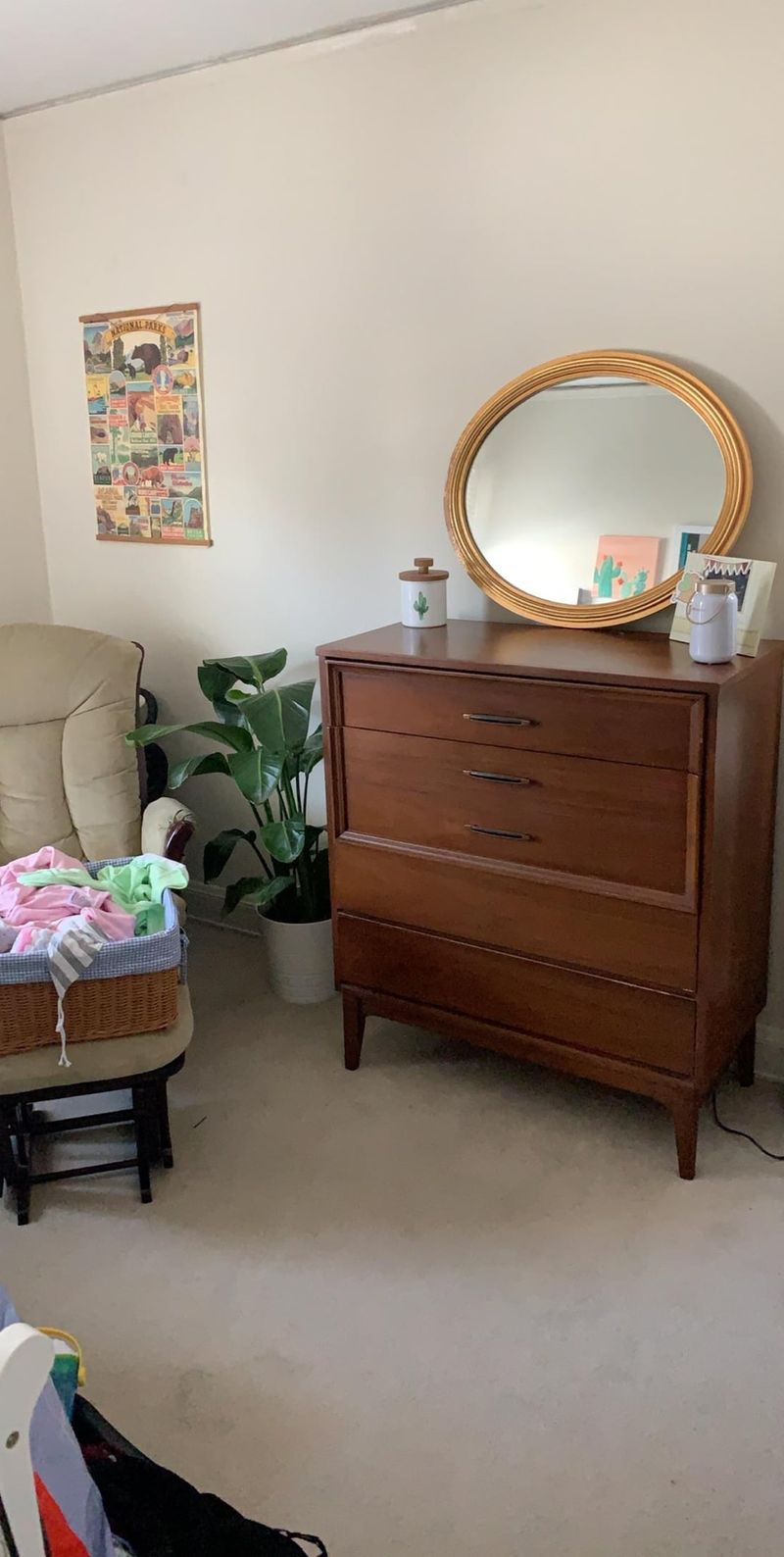
Your nose knows what eyes miss! Take a moment to smell furniture pieces, especially in areas like drawer interiors and upholstery folds. Persistent musty odors indicate potential mold or mildew problems that could affect your health and prove difficult to eliminate.
Pay special attention to wooden pieces with enclosed spaces or items stored in basement areas. Kentucky’s humidity means furniture often develops musty smells that can transfer to your home and possessions if not addressed.
While some odors can be eliminated with cleaning and airing out, deeply embedded smells in wood or upholstery foam typically remain despite surface treatments. Even beautiful pieces at amazing prices aren’t worth bringing home if they’ll make your space smell unpleasant or trigger allergic reactions.
17. Measure Before Buying

Heartbreak happens in inches! Always carry a tape measure when thrifting Kentucky’s secondhand shops. Measure not just the furniture dimensions but also your doorways, stairwells, and intended placement area to ensure everything fits properly.
Record both height and width measurements for doorways, accounting for door hinges and handles that reduce actual clearance space. For especially large pieces, measure diagonal dimensions to determine if angling through doorways is possible.
Many Kentucky thrift stores have strict no-return policies, making accurate measurements crucial before purchase. Nothing feels worse than finding the perfect piece at an amazing price only to discover it won’t fit through your door or looks disproportionate in your space after going through the effort of transporting it home.
18. Flip Furniture Over
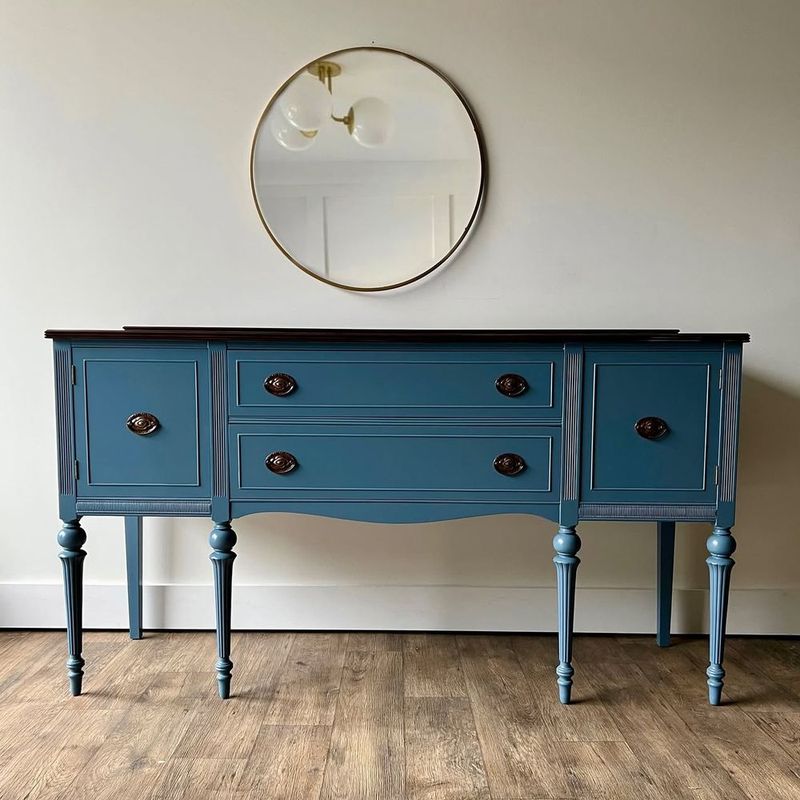
Secrets hide on the bottom! Always examine the undersides of furniture where critical construction details reveal themselves. Quality pieces feature consistent materials throughout, while cheaper items often use inferior materials in less visible areas.
Check for repair evidence like added screws, replacement parts, or filled holes that might indicate previous structural issues. These modifications sometimes solve problems effectively but other times merely mask deeper issues that will resurface later.
Kentucky thrift stores often receive furniture from multiple generations of the same family, with pieces that have undergone various repair attempts over decades. This bottom-view inspection helps distinguish between charming antiques worth restoring and problematic pieces that might look fine initially but hide serious flaws underneath.
19. Ignore Cosmetic Flaws
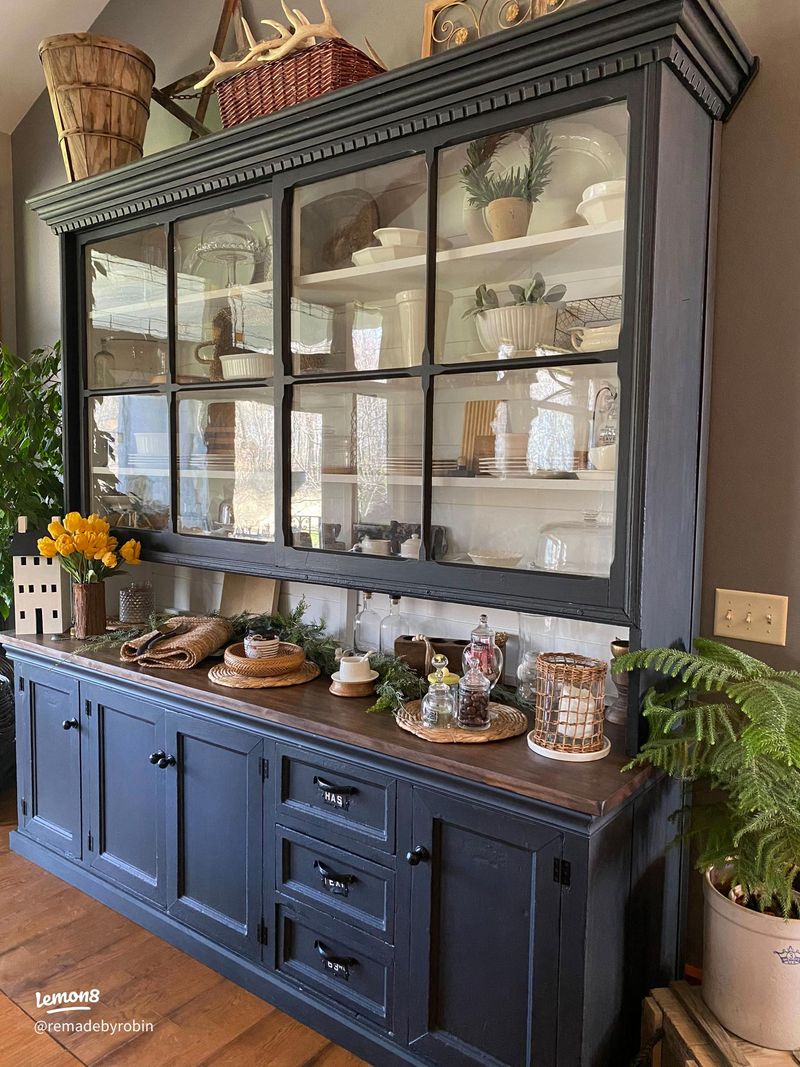
Surface problems mask hidden treasures! Train your eyes to look beyond minor scratches, outdated finishes, or small chips that can be easily repaired. These superficial issues often dramatically reduce prices while having minimal impact on furniture quality or usability.
Focus instead on structural integrity, construction methods, and overall design. Kentucky thrifters who recognize quality beneath worn finishes regularly discover valuable pieces others overlook because of easily remedied cosmetic issues.
Simple refinishing techniques like light sanding and applying Danish oil can transform scratched wooden surfaces, while hardware replacements instantly update dated pieces. These minor investments in otherwise solid furniture yield dramatic results, transforming overlooked thrift store finds into showpiece items that appear far more expensive than their actual cost.
20. Visit Regularly
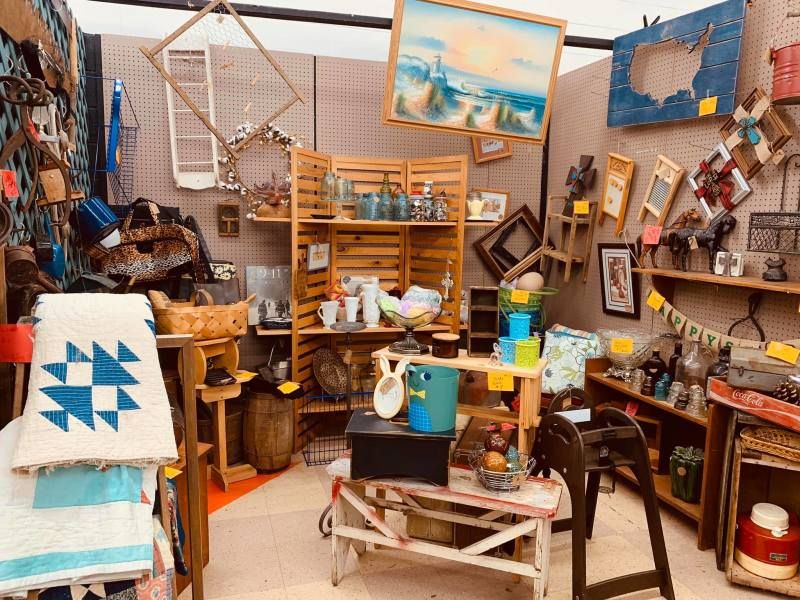
Consistency rewards the patient hunter! Establish a regular thrifting schedule for your favorite Kentucky secondhand shops. Most stores receive new donations daily, with complete inventory turnover occurring roughly every two weeks.
Ask staff about delivery schedules and restocking patterns. Many shops process new items on specific days, giving regular visitors first access to fresh merchandise before weekend crowds arrive. Building relationships with employees sometimes leads to insider information about incoming special pieces.
Kentucky’s thrift landscape varies seasonally, with spring cleaning and fall downsizing bringing waves of quality donations. Dedicated thrifters who visit consistently during these prime periods often discover the most exceptional furniture finds at prices far below market value, making the time investment worthwhile.

